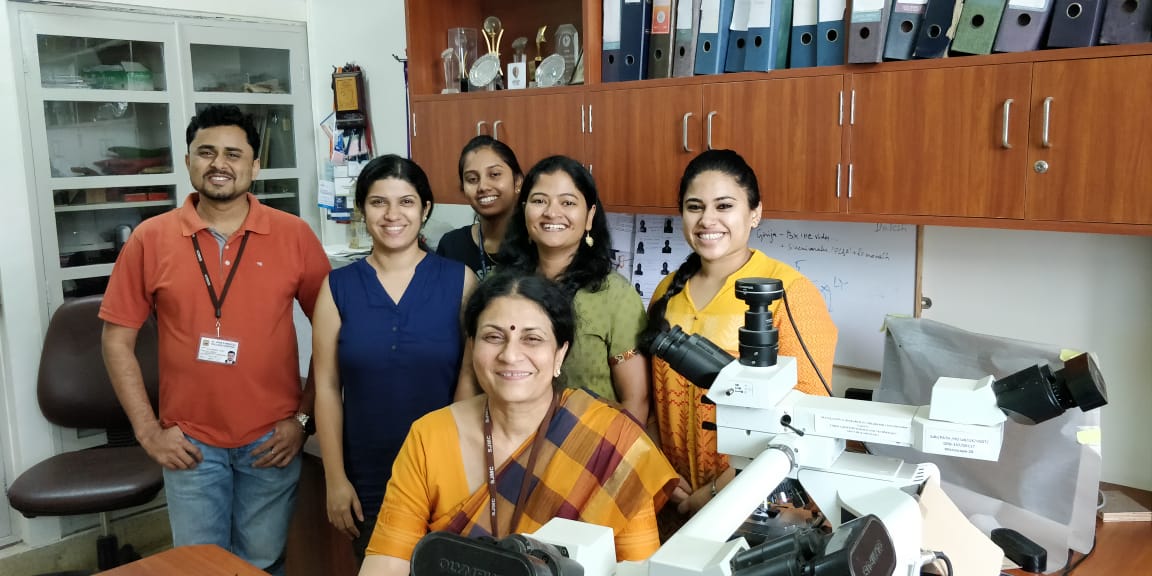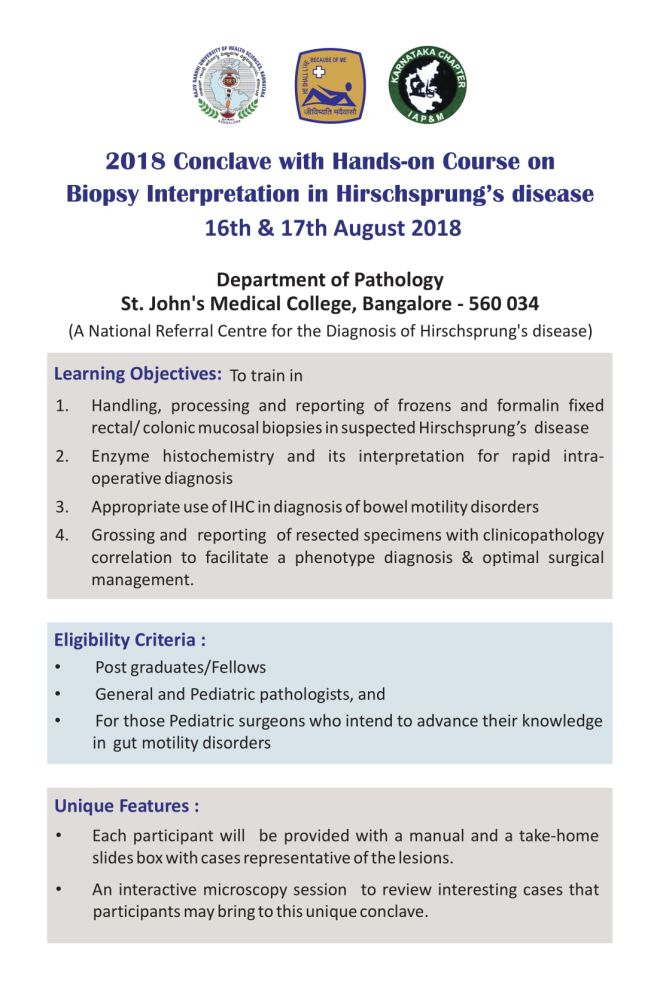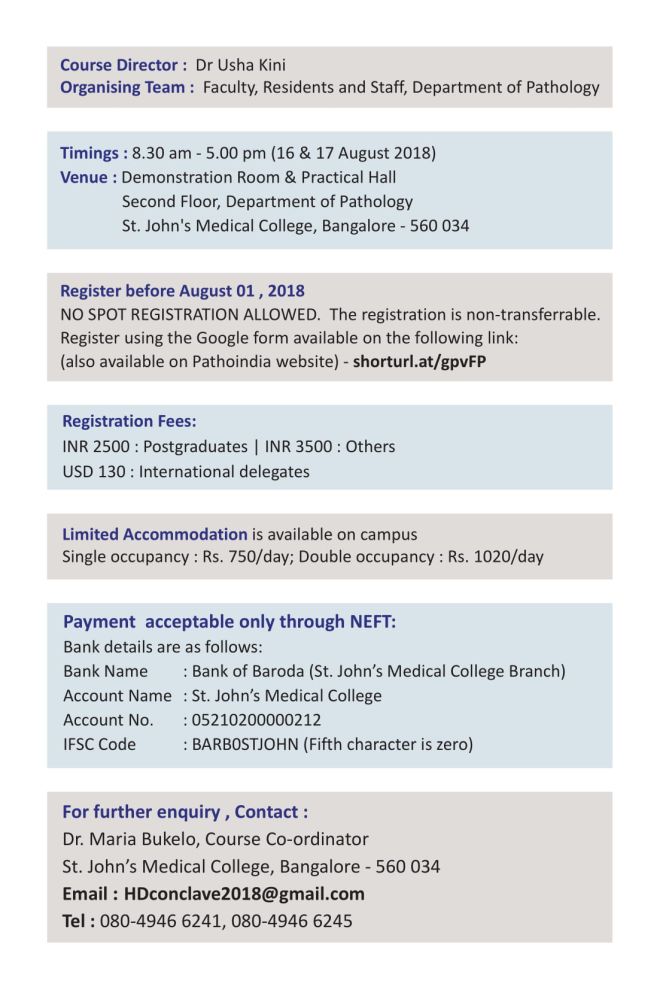Hirschsprung’s disease, also known as Congenital aganglionic megacolon, is a congenital disorder affecting the nerve supply of the intestine, especially the large intestine which makes the child unable to have normal bowel movements. The feces get jammed in the large intestine, the tummy bloats and the obstruction can be disastrous and even fatal. Those who escape the newborn period, have nagging constipation, poor growth and a host of infections as complications of the intestines later.
The diagnosis rests on the absence of certain cells namely ganglion cells in a biopsy from the terminal part of the intestine just above the anus (rectum) and hence, a rectal biopsy needs careful interpretation. If this is abnormal and suggestive of Hirschsprung’s disease, more biopsies are taken further up from the intestine (large and small) either by a procedure through the anus or after opening the abdomen / with help of laparoscopy. Finally, the extent of normal and abnormal intestine is determined and surgical treatment is planned. The treatment can be one or many staged. Basically, the abnormal intestine is removed and normal intestine is joined at the anus so that the child can evacuate feces normally and normal growth and development is resumed.
The diagnosis of the disease is difficult in inexperienced hands and the consequent surgical misadventures can be prohibitive. Many centers across India either rely on just the x-ray picture for a diagnosis and several pathologists are also unable to provide a clear diagnosis for the surgeon to decide – both of these being undesirable situation fraught with danger. At the Department of Pathology, St. John’s Medical College, Bangalore, a special, new, improvised, cost effective method of establishing the diagnosis with a rectal biopsy (rapid improvised acetyl cholinesterase staining) than what was conventionally practiced and reported in literature earlier has been devised. It provides for an accurate and conclusive diagnosis even when the baby is on the operation table and allows the surgeon to proceed with the surgical management in the same sitting if needed. The method needs pathologist’s expertise and experience to make this practical and feasible. Using this method, a one stage pull through surgery can be planned on the newborns. With an exclusive translational research laboratory for gut motility disorders attached with these facilities at the Department, the centre is established as the National Referral Centre for Hirschsprung’s disease and its related disorders.
What started as a small research project under the captainship of Dr Usha Kini (Pathology) and Dr. Ashley D’Cruz (Paediatric Surgery), then in 1997, it has evolved into a multifaceted venture in diagnosis, teaching and research over the last 20 years. Besides many accolades that have come our way, several research grants for the projects namely Wellcome DBT- India Alliance, ICMR from Govt. of India, VGST and RGUHS from Government of Karnataka and support and encouragement from collaborators such as National Centre for Biological Sciences-Bangalore, and John’s Hopkins University of School of Medicine, Baltimore. The joint work has taken the good work forward in the evaluation of constipation in children and in the management of Hirschsprung’s disease in the Indian context. Indeed the best rewards have been the smiles on our little patients and their families!
For more details, contact :
Dr Usha Kini
Email: drushakini@gmail.com
Mob : 09448270384
Professor of Pathology
St. John’s Medical College
Bangalore 560034.
Upcoming event:





